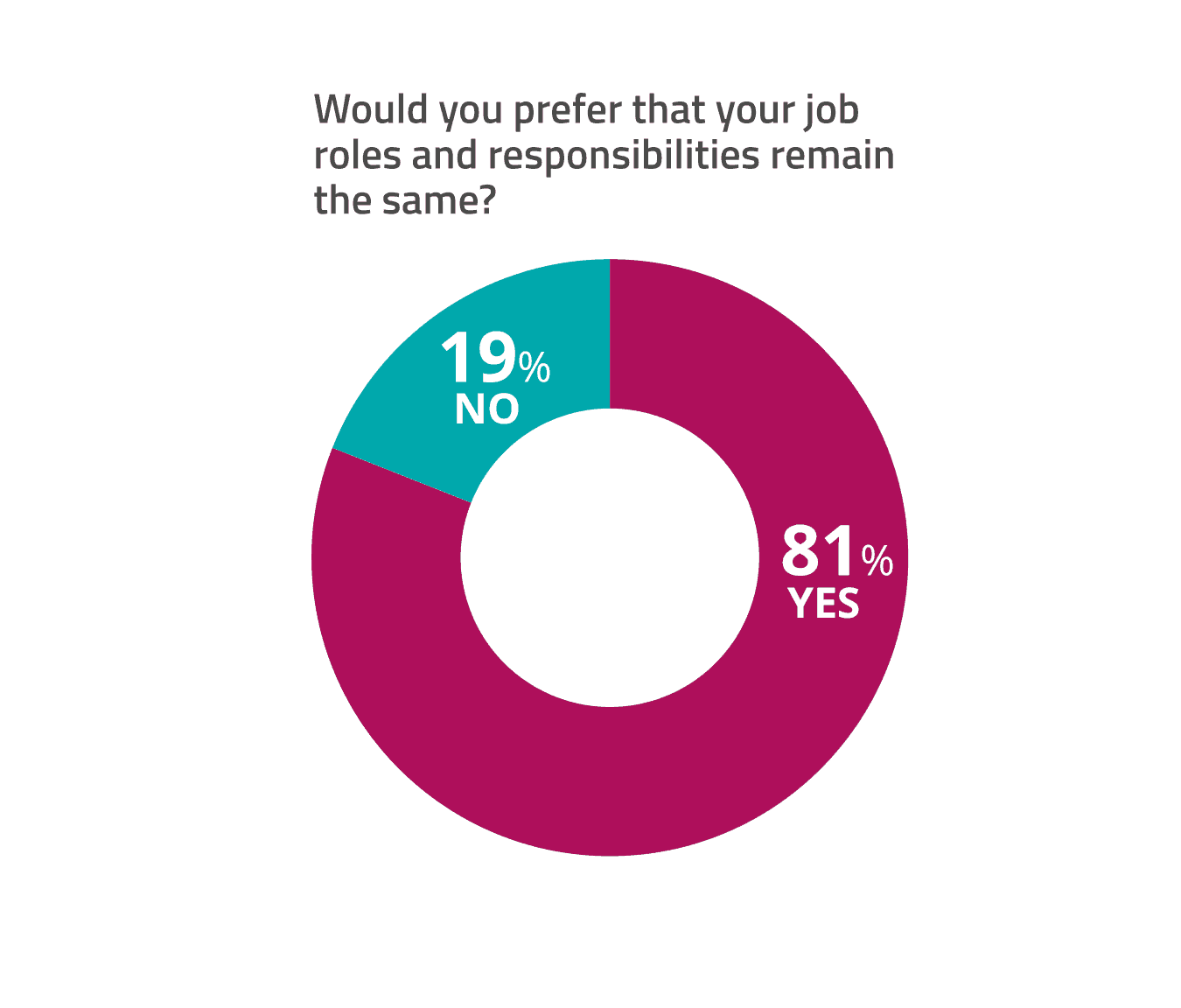A study of change at work
Personal changes are abundantly clear during the early months of any year, especially at the beginning or end of a decade. To take one example, all the changes to our lives over the past ten years have been packaged and presented to us in our newsfeeds via the Ten-Year Challenge. By now, the New Year’s resolutions we made are either entrenched habits, or long forgotten, and the predictions we had for 2020 have been no doubt been proven uncannily accurate...
In any case, given that Signavio is a company that specializes in helping organizations of all shapes and sizes identify and implement actionable changes, we recently studied the state of how people perceive change at work. We know that as we sit on the cusp of automation significantly impacting our everyday lives, things will look very different ten years from now, just as they did ten years ago.
Study results
The key question is: what is the average worker’s appetite for change at work? The resistance is real, and it’s going to impact how technology takes hold of multiple industries. We polled 1,000 consumers in the United States in November 2019, and discovered the following results.
Result: People do not want or find happiness in change
More than 80 percent of people want their job responsibilities to remain the same, which is an interesting finding when we consider that new responsibilities are also associated with career advancement or development.
Furthermore, change actually makes the majority of people unhappy, with only 43 percent of respondents saying that change at work makes them happier. It speaks to how strongly against change many people truly are.
In a process management and business transformation context, these findings suggest that people are comfortable in their own workflows. Compounded across hundreds or thousands of employees, these workflows can create multifaceted, complex processes that slow organizations down and make widespread and lasting transformation challenging. The impacts are felt across the business, but they start with individual employees.
Result: Employees are more receptive to changing technology
Overall, people do not believe that change makes them more productive. Only 44 percent of respondents believed that statement, with 41 percent not impacted and 15 percent reporting less productivity.
But when it comes to changing technology, it’s a different story. Sixty-five percent of respondents feel that new technology at work makes them more productive. This opens the door for innovation to drive corporate change—if employees feel empowered through technology, their adoption of new tools can pave the way for new approaches.
Result: People are aware of automation changing the workplace
There are few technologies currently changing workplaces faster than automation, and over half of the respondents were aware of their workplace adopting new automation technologies.
Summary of results
What we see through the results is a general distrust of change, but higher levels of acceptance and optimism of technology’s ability to impact the workplace positively. This is why process change can be hard: if employees adopt technology without modifying their own work patterns, then the promises of new technology will not be fulfilled. In the case of automation, these processes can even be compounded in a negative way, resulting in an exponentially less productive, more complex environment.
Resistance to change is natural and human, but change is constant, and ultimately moves our jobs—and ourselves—to areas of growth. Employees can leverage technology to drive change in their own organizations but having a process-driven mindset helps ensure that change is productive and effective. Positive change begets additional positive change, and process management has a key role to play in how businesses can move forward through the next decade effectively.
Next steps
When considering business transformation, it can be difficult to know where to start. To kick off your own transformation and overcome internal resistance, try Signavio’s 7 Step Guide to Effective Business Transformation. Or, if you have the team on board and you’re ready to see the benefits of effective process management for yourself, why not sign up for a free 30-day trial today.








